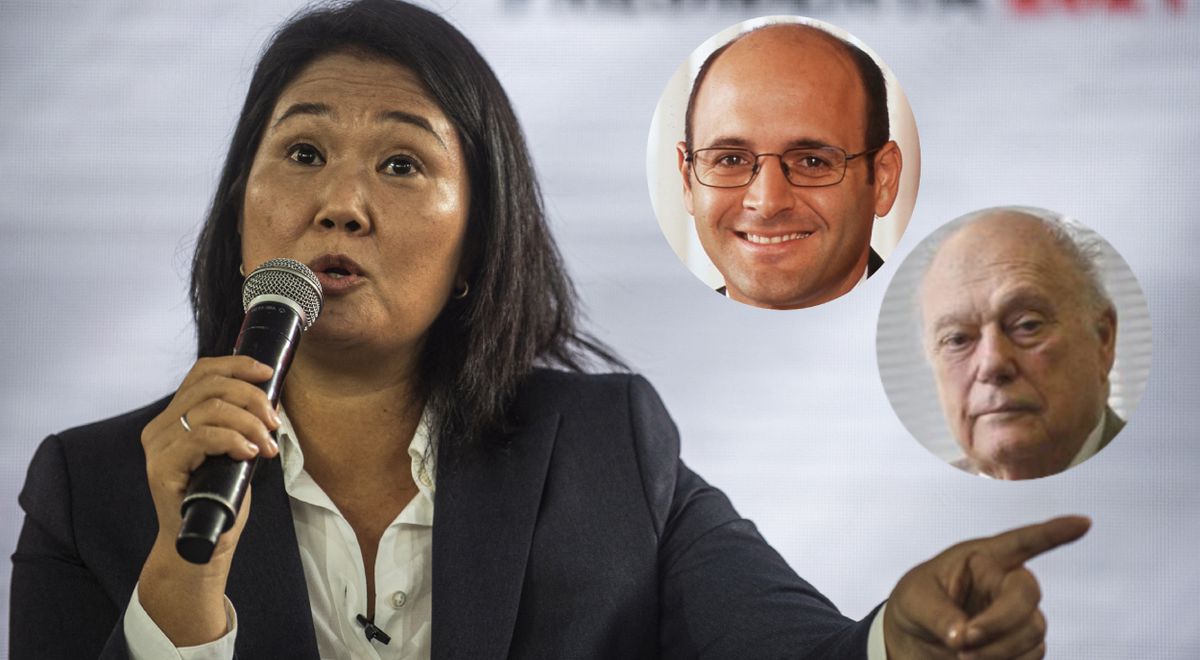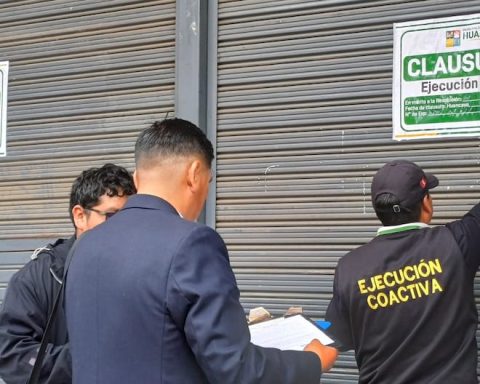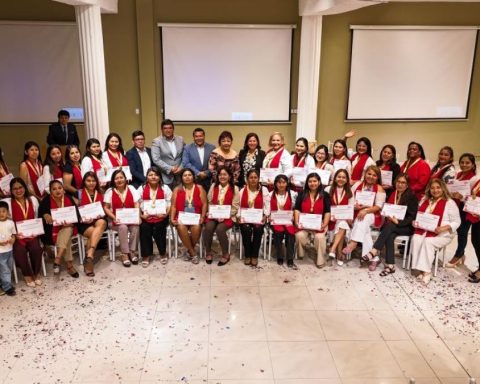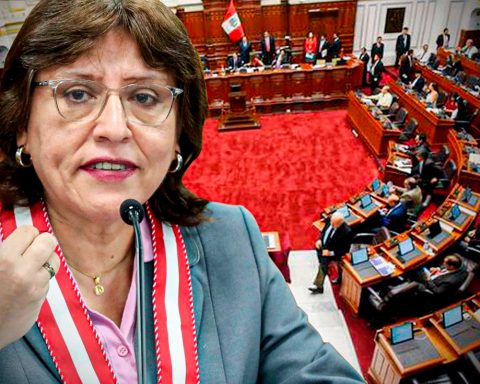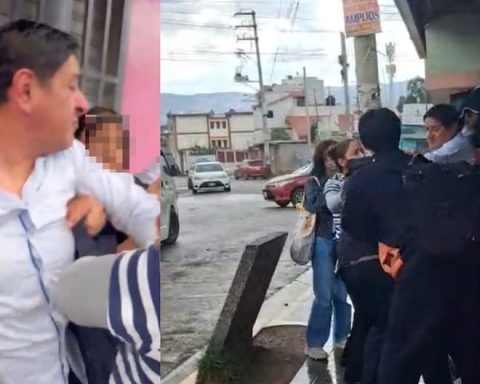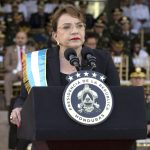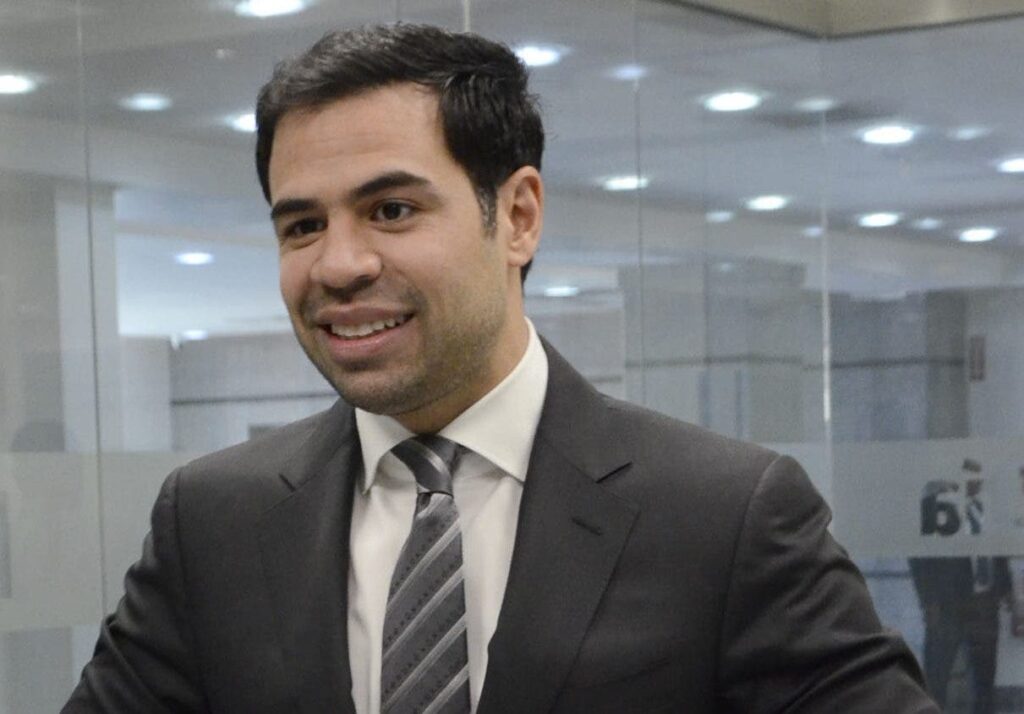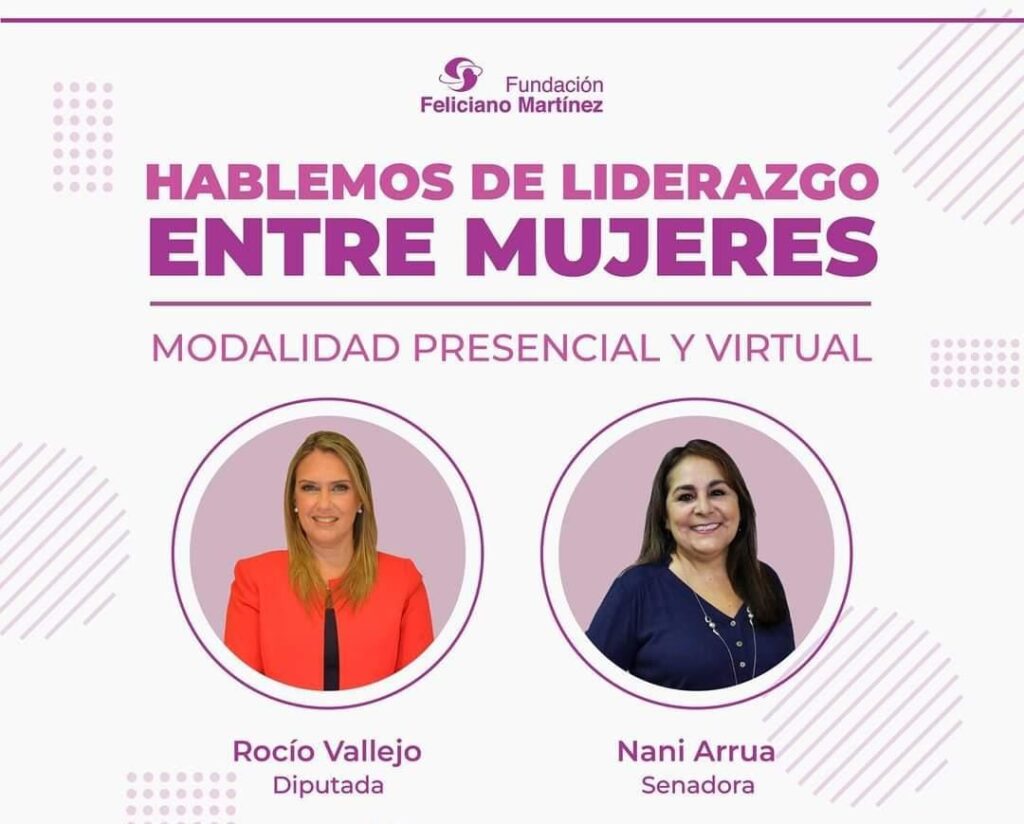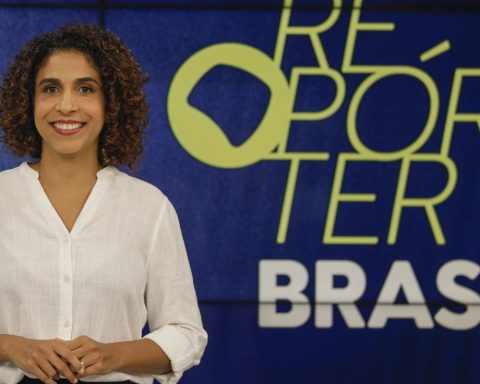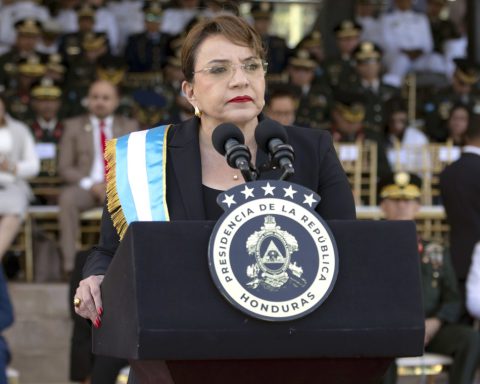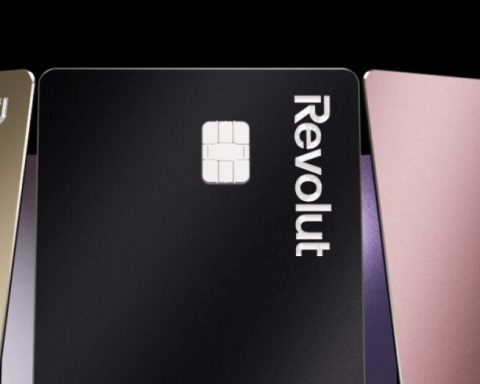In a photo from the presidential campaign of Keiko Fujimori In 2011, in addition to the former candidate, her main financial advisers, Jaime Yoshiyama Tanaka and Augusto Bedoya Cámere appear. The prosecution of the case against Keiko Fujimori has managed to prove that the three characters participated in the same method of collecting cash and at the same time, through witness testimonies, statements of effective collaborators and documentation that records the carrying of funds.
It is proven that Jorge Barata provided US$1 million of illicit Odebrecht funds to finance Keiko Fujimori’s campaign, as follows: US$500,000 between November and December 2010, and another US$500,000 between April and June 2011. Jaime Yoshiyama and Augusto Bedoya were the ones who collected the money from Barata.
Coincidentally, they were Jaime Yoshiyama, Augusto Bedoya and Keiko Fujimori who withdrew money in cash from the offices of the Sudamericana de Fibras company, owned by Juan Rassmuss Echecopar and his nephew Enrique Gubbins Bovet.
As in the case of Odebrecht, in 2010 and 2011 Jaime Yoshiyama and Augusto Bedoya carried cash from Sudamericana de Fibras.
Both the leader of Fuerza Popular and Jaime Yoshiyama are accused of collecting money irregularly. Photo: The Republic
YOU CAN SEE: Fujimorist management of the Alas Peruanas University diverted more than S / 600 million
These clandestine contributions were agreed upon in meetings between Juan Rassmuss, his nephew Enrique Gubbins, with the presence of Keiko Fujimori and Jaime Yoshiyama, both at the offices of Sudamericana de Fibras and at Yoshiyama’s house in La Molina.
Gubbins himself revealed it to the Prosecutor’s Office: “Yes, I participated in several meetings promoted by Mr. Juan Rassmuss with Mrs. Keiko Fujimori, the same ones that were held in the offices of Sudamericana de Fibras, at 6815 Néstor Gambetta Avenue, in El Callao, and others carried out in the house of Mr. Jaime Yoshiyama Tanaka, located in Camacho, La Molina.”
Consequently, Keiko Fujimori was aware of the money collections. In the case of Juan Rassmuss, Enrique Gubbins declared that there were around 50 occasions in which the Fujimoristas withdrew the funds in cash. Among them are Keiko Fujimori herself along with Jaime Yoshiyama, the same character who received US$ 1 million from Jorge Barata.
According to records from Sudamericana de Fibras, Keiko Fujimori and Jaime Yoshiyama collected US$50,000 from the Sudamericana de Fibras offices of Juan Rassmuss on February 20, 2013. And she sent her husband, Mark Vito Villanella, to withdraw US$ 80,000 on November 10, 2015, and another US$80,000 on November 12, 2015.
YOU CAN SEE: José Domingo Pérez points out that he was not wrong when he requested preventive detention against Keiko Fujimori
Keiko Fujimori knew that Jaime Yoshiyama and Augusto Bedoya were carrying money from Sudamericana de Fibras, since she and her husband, Mark Vito Villanella, withdrew a total of US$210,000 in cash from the same company. So it is clear that the former candidate knew that Yoshiyama and Bedoya received US$ 1 million from Odebrecht for their 2011 presidential campaign.
Although the Prosecutor’s Office has not proven that Keiko Fujimori coordinated the delivery of US$1 million with Marcelo Odebrecht or Jorge Barata, it has been proven that Jaime Yoshiyama and Augusto Bedoya received said money from illegal sources. And it is verified that after meeting several times with the businessman Juan Rassmuss, to agree on the supply of clandestine contributions, Jaime Yoshiyama, Augusto Bedoya and Keiko Fujimori and her husband, Mark Vito Villanella, went together or separately to the Sudamericana de Fibras factory to withdraw in briefcases or in manila envelopes the amounts in cash.
However, according to the Prosecutor’s Office, the method of receiving cash from people close to Keiko Fujimori, or in the hands of the former presidential candidate, is repeated in the case of Dionisio Romero Paoletti. Cash is carried so as not to bank it, so as not to declare the funds to the National Office of Electoral Processes, to finance presidential campaigns through false contributors.
YOU CAN SEE: Chacón: “Keiko will insist fourth, fifth and sixth time to be president if Fuerza Popular decides so”
Just as serial killers carry out their crimes through a modality that identifies them, in the same way a criminal organization has a particular form of conduct, reasons the Prosecutor’s Office. In this case of Keiko Fujimori and her relatives, they collected the funds provided outside the law by Odebrecht, Juan Rassmuss and Dionisio Romero Paoletti in the same way.
Dionisio Romero had recognized contributions to the campaigns of Fuerza Popular and Peruanos Por el Kambio. Photo: The Republic.
The head of the Financial Area in 2010, Jaime Yoshiyama Tanaka, met with Jorge Simoes Barata, from whom he asked for money for Keiko Fujimori’s electoral campaign,” says deputy prosecutor Jorge Vargas Sueldo, who presented the correction to the accusation. filed by prosecutor José Domingo Pérez: “This money, whose illicit origin he could presume —taking into account that he was the head of the Financial Area— (Jaime Yoshiyama) received the order from the leader of the criminal organization, Keiko Fujimori (of receive the funds)|”.
For the Prosecutor’s Office, Keiko Fujimori did not have to collect the money in cash because others did it for her. But she did it at least once in Sudamericana de Fibras, together with Jaime Yoshiyama, the same one who also received the money from Odebrecht. The same modality, the same dirty money.
YOU CAN SEE: Keiko Fujimori: what evidence did the prosecution present about the money he received for his presidential campaigns?
A lie repeated many times
When on November 10, 2017, the Lava Jato Special Team managed to get Marcelo Odebrecht to confirm that he had financed Keiko Fujimori’s campaign, the former candidate denied it and stated that she did not know the Brazilian businessman.
Odebrecht also said that the phrase “increase Keiko for 500 and eu fazer visits” corresponded to the second installment of money. Keiko Fujimori denied it again.
Infographic – The Republic
